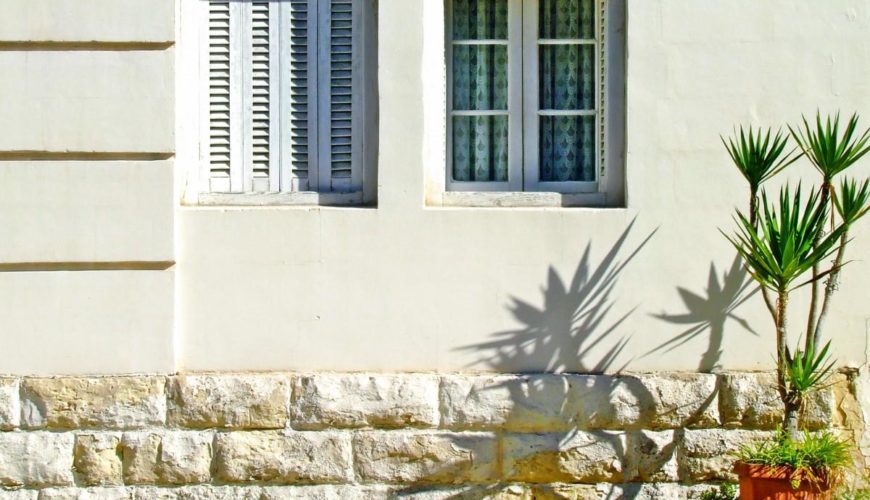If you plan on installing a pair of exterior shutters, please remember that the material can make or break your choice. So what is the best material for exterior shutters? Check it out now!
Exterior house shutters can come from a variety of materials. If you have done your homework, then you will probably know that there are four most typical textures for shutters.
What are these “babes”, then? They are vinyl, wood, PVC and finally, composite. But what is the best material for exterior shutters? And how can you make the best use out of it?
Scroll down to find out more!
Four Best Material For Exterior Shutters
1. Composite
Some materials are for temporary use, while others are born to last. If you want to invest in high-end shutters that will stand the test of time, we highly recommend that you opt for composite shutters.
While it is only an artificial material, there are numerous merits associated with this texture. By imitating the cedar wood grain, composite looks and feels like it is authentic wood. This feature will give your home a vintage touch from the outside.

And truth told – while authentic wood can fall prey to termites or moisture – composite has earned its way to fight back these disadvantages. Composite is waterproof and fog-proof, making it the worst place for mold to grow on. Yay!
Since composite is a high-quality material, you will not have to worry about your shutters getting cracked or chipped. And even better? A pair of composite house shutters can last twice as much as that of natural wood.
In short, should you are looking for highly durable and wear-resistant shutters, do not forget to go for composite. While it might be expensive in the first place, it is a worthy investment that will pay off in the long run.
2. Vinyl
If you have a limited budget and do not want to spend too much on your exterior house shutters, vinyl is the material choice that you are looking for. So what are the pros and cons of vinyl shutters? Let’s find out.
On the bright side, it is evident that vinyl is the most affordable. This feature makes it ideal for the average household. Furthermore, vinyl is lightweight and not cumbersome, which means you do not have to struggle to move things around.
But be aware, because vinyl is bound to crack once it is exposed to direct sunlight for a long time. Its short lifespan will be a nuisance for you since you will need to replace the shutters quite frequently.
3. Wood
Another popular option for exterior house shutters is natural wood. Not only is it elegant and good-looking, but wood is also famous for its unmatched level of versatility.

Typically, wood shutters will come mainly from cedar or pine trees. Both of them are sturdy and reliable, which makes it a reasonable investment from the start. Some well-made wood shutters can even remain intact in the face of natural disasters!
However, since wood is a natural material, it is not entirely immune to harmful factors. Rain and fog can dampen wood shutters, while termites can easily make their way through this material. Ouch!
4. PVC
PVC is the most expensive and the least favorite material for exterior house shutters, which is why we put it at the bottom of our list.
While the material guarantees a sleek appearance and lifetime longevity, PVC is not cut out for tropical weather. It can bend under high temperatures, and it usually requires high-end paint to come along.

But still, the supreme quality of PVC makes it the perfect choice for public buildings or large projects. If you want to build something that lasts for good, PVC shutters will not let you down.
In Summary
Choosing the suitable material for your exterior shutters can be challenging. Therefore, let us offer our help with this detailed article. In the end, we will still recommend that you choose composite for your exterior shutters.
If you find our advice helpful, please do not hesitate to share it around. We are more than eager to spread our assistance!




